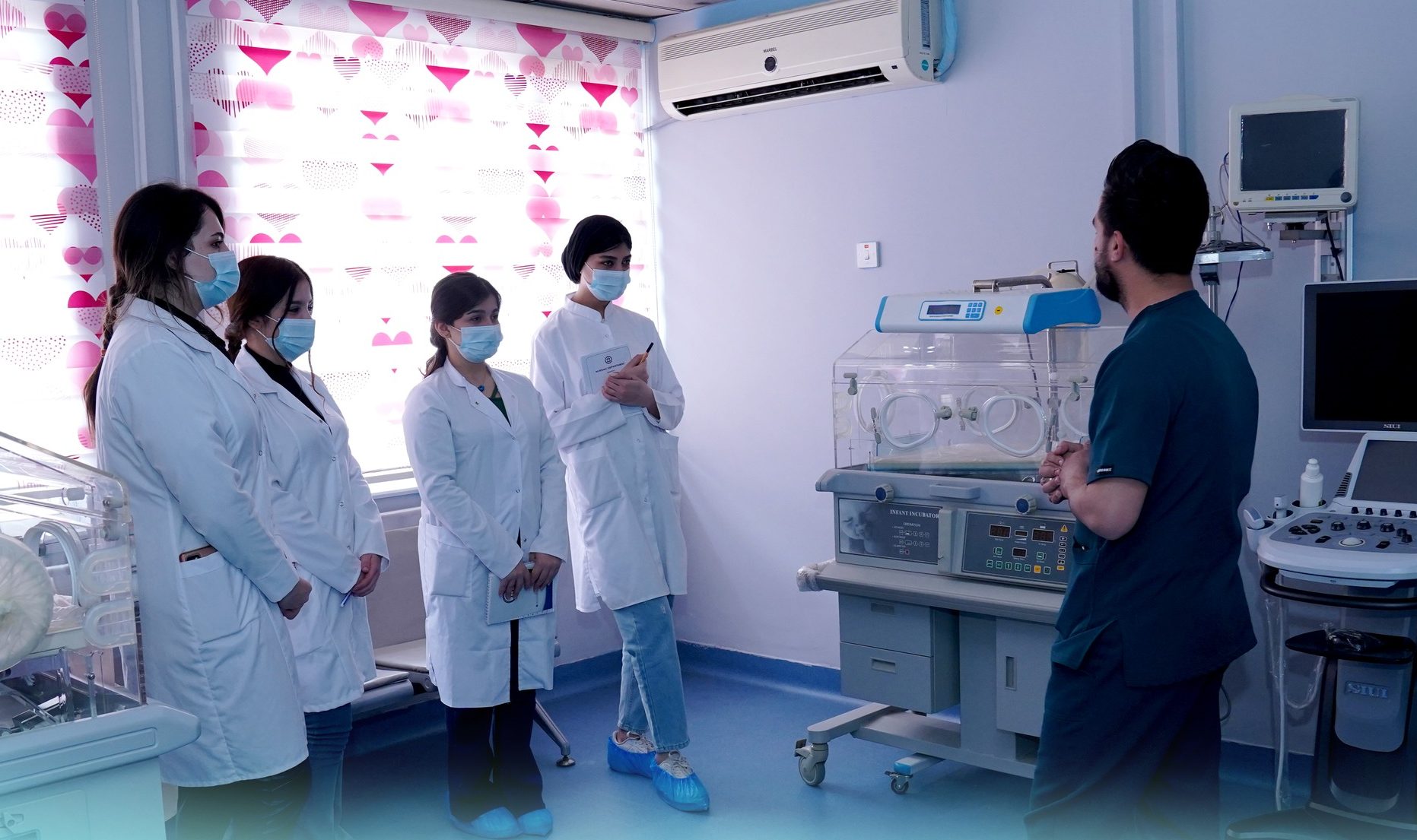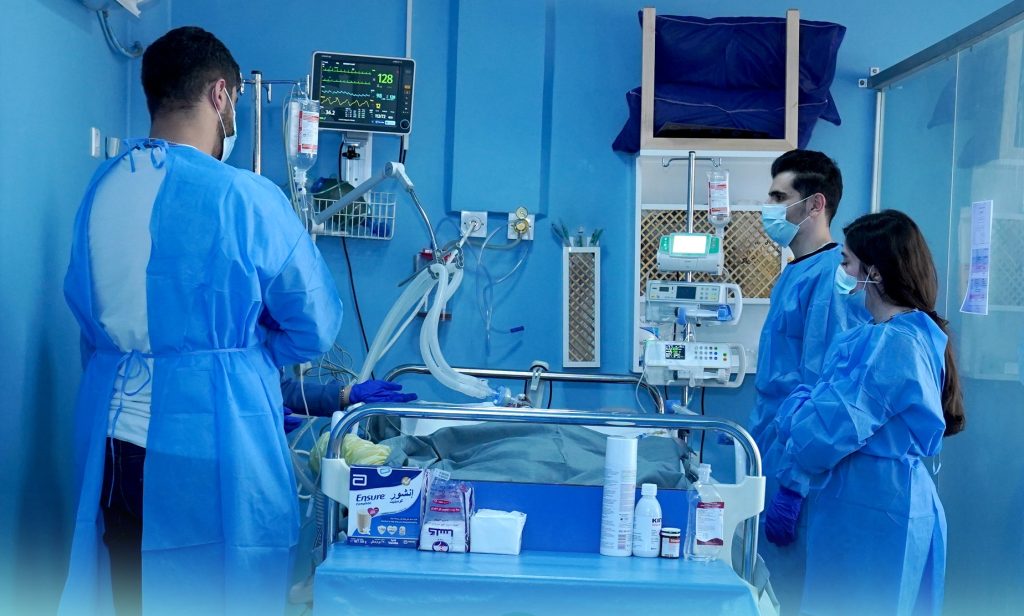
Type of Service
The “Bakhshin Hospital” healthcare model differs according to the type of intervention:
Diagnostic: it concerns patients who need multi-specialist diagnostic investigations or who require particular assistance. It makes it possible to centralize healthcare services, because on the same day the patient can undergo different types of tests;
Surgical: it is intended for those patients who need surgery or particularly in-depth examinations that require the use of the operating room; the presence of a companion for the return home is recommended. Upon discharge, essential information for the home course is provided.

